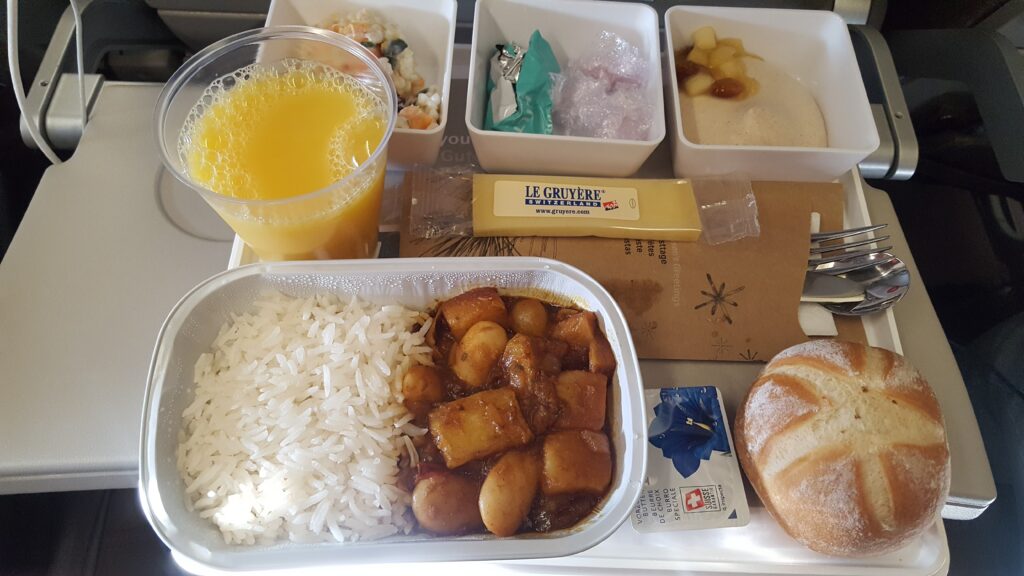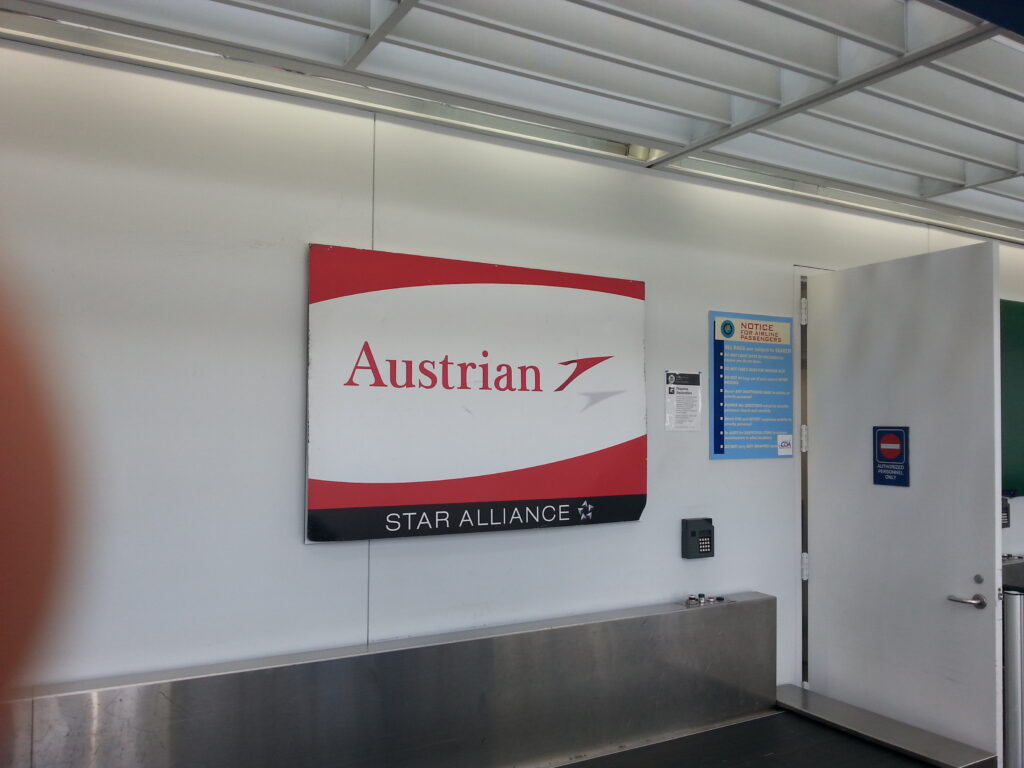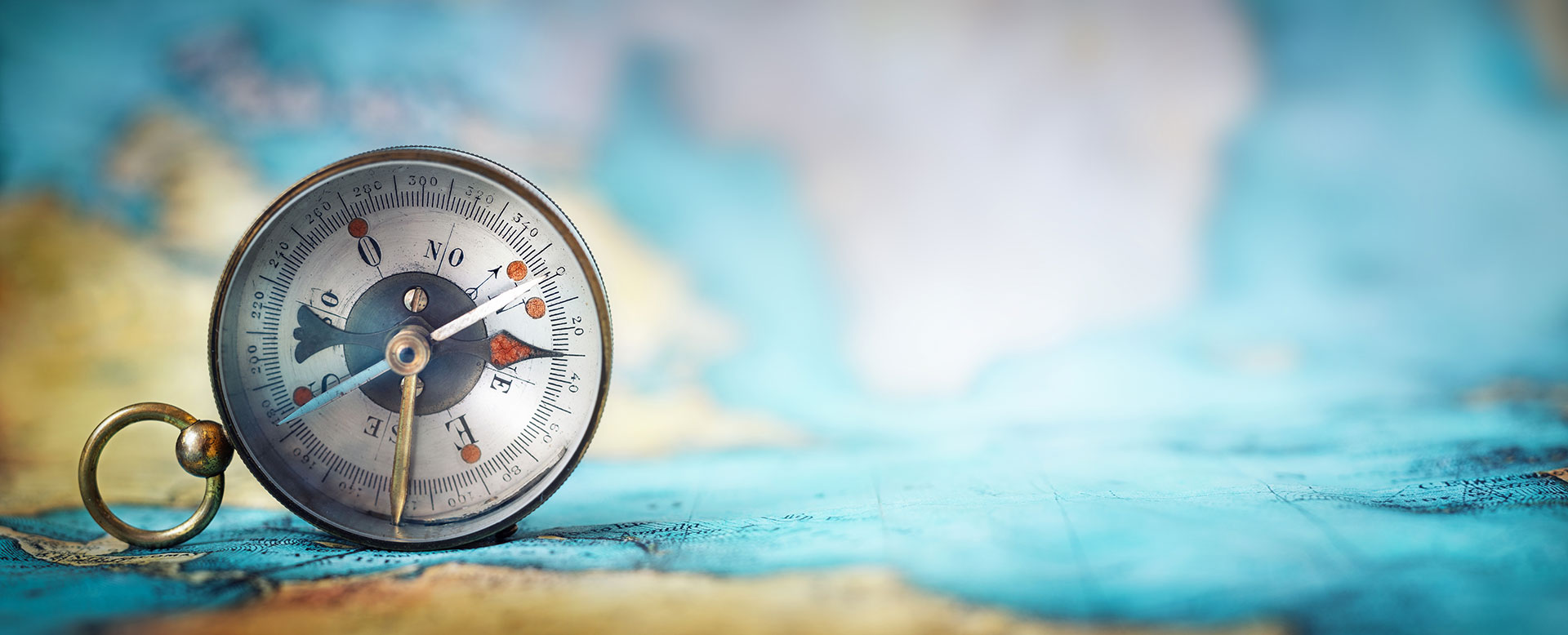
July 1, 2022
How to – avoid mistakes while planning a trip
While making plans, make sure you avoid below mistakes, it will help you make sure your dream vacation will go smooth and you will be happy and excited.
Too many places to see in a very short time
You make plans to visit Thailand for two weeks. You have never been there before and you don’t know if you will ever be there again. And, of course, you want to experience it all. Sandy beaches, paradise islands, lush jungle, beautiful temples, amazing cuisine… you think two weeks will be enough to do that. But, right next to Thailand, there is Cambodia, and the famous complex of Angkor temples. Being so close it would be a waste not to see it as well. And so the list grows.

Unlike your holiday time, the list of fascinating places “at your fingertips” will never end. In Asia, in Africa, in Australia – no matter where you go – you will not be able to see and experience everything. Even if your trip would last two months, there will always be something that you have not seen or tasted.
Of course your journey can be very intense, you can make a long list of places to visit and run from one place to another. You can even visit two cities in one day. But remember that when you are reminiscing on it back home you may start feeling like you didn’t spend enough time in any of the places you really wanted to see.
To avoid this from happening, you need to make a good plan prior to your trip. Think about the cities you want to visit and limit the number depending on how long your trip will be. Decide whether to visit the North or the South of the country. A good idea may be creating a thematic trip. Decide on one topic you want to cover and, based on that, make a list of places that fit the scheme. For example, you can make a plan to follow the footsteps of your favorite artist, see places from your favorite movie, spend time with nature (mountains, beach, jungle) or mix a city trip with a nature trip. The ideas are endless. However, if you stick to your initial plan, with a small room for mini changes, you will avoid problems while already on vacation.

No spare time for problems and logistics
A few years ago I was flying from the USA to Surabai in Indonesia. I was flying out of Los Angeles and I had to change planes in Frankfurt and Singapore. The plane from Los Angeles took out on time, but the flight from Germany was delayed by 1.5 hour. As a result of a 90-minute delay, I had to spend an unplanned night in Singapore and reached Indonesia one day later than I expected.
With a longer journey, when the plan is not very tight, one day makes no difference. However, with a 2-week tightly planned trip, this “small” slip can cause havoc.
Think about it as of a domino effect. If you want to build a long structure, you should not put all the elements together in one sequence. It is better to take breaks from time to time, so that if one of the blocks fails, the whole building will not collapse.
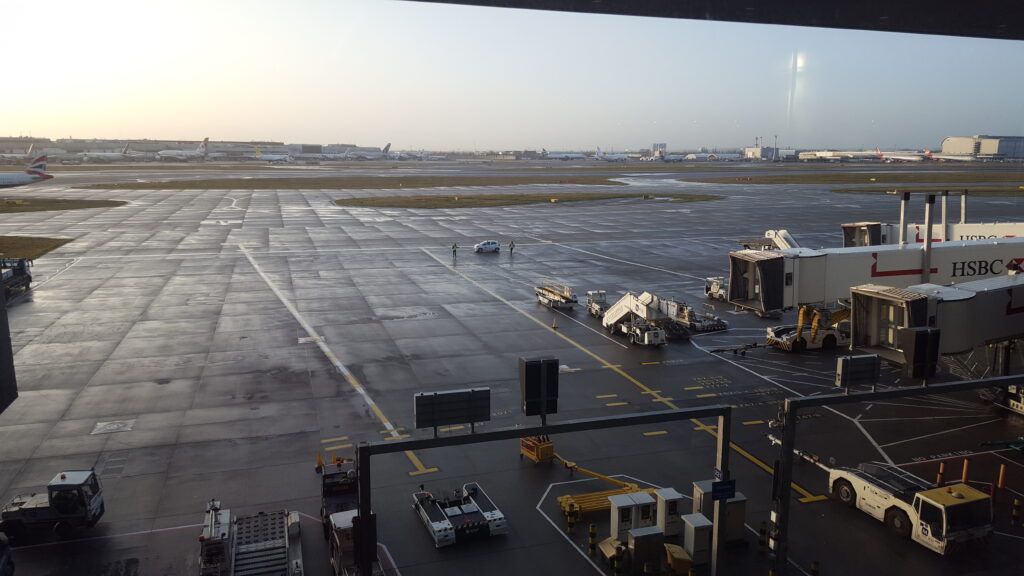
Similarly, with travel. One failed item can spoil the whole trip. Therefore, when planning your trip, remember about a few rules:
- Don’t make your plans too tight. Leave a time limit for emergency situations related to transport or other unforeseen situations.
- Remember to leave enough time to change planes. In case of large airports, the minimum is 2.5 hours.
- Leave for the airport or train station earlier than necessary. In case of traffic jams or other problems, it will allow you not to be late for the plane / train / bus.
- Do not plan to reach the destination with the last possible bus or train. Especially if the next day you have an important point in your journey. Always check an alternative option. In case a bus or a train gets delayed, cancelled or there is a strike, you will not be left in a strange place with no options.
Planning your trip from A to Z
It seems so easy, when you sit at home and flip thru pages of a guidebook to plan the entire journey from A to Z. But remember, the guide does not cover everything. It’s just a subjective choice of the author and does not mean that something that isn’t in the guidebook does not exist in real place you want to visit. It’s worth being open and not look at the world through the prism of the guide, even if he had the best opinion in the world.
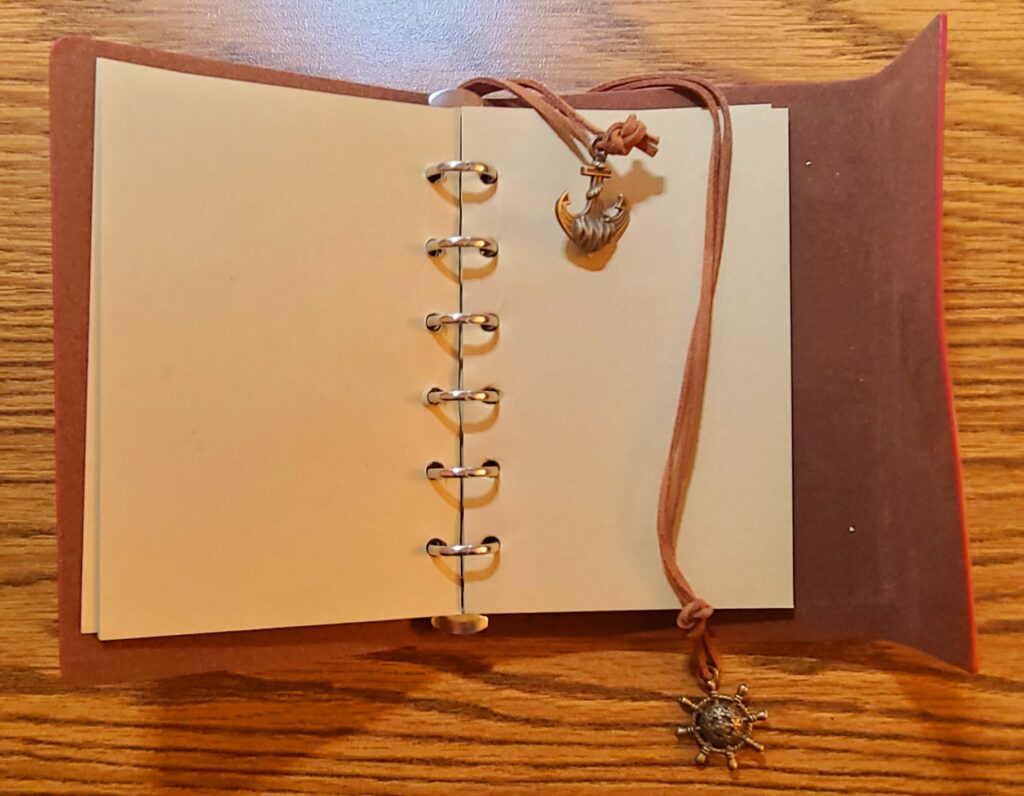
By reading a guide or surfing the internet, you are also unable to tell how are you going feel when you arrive at your destination, what will you like, what place will you not like at all, and when will you feel like having a slower type of a day. This is why it’s a really good idea to incorporate in your plane free time, intended for things you will find interesting while at your destination, or simply for rest, relaxing and doing nothing. You may not need a full day, maybe just a few hours of reading a book, lying at the beach, wandering around without a destination, stilling at the park bench and watching people passing by or visiting a local café. Whatever it is, I am sure you will not lack ideas on how to use this free time.
Best advice – make a plan for your journey, but don’t get too attached to it. Allow yourself time for spontaneity and don’t ever feel like you’re a hostage of your plan! There is nothing worse than to realize you like a place very much, but you have no time to spend there because you have to follow your A to Z plan.
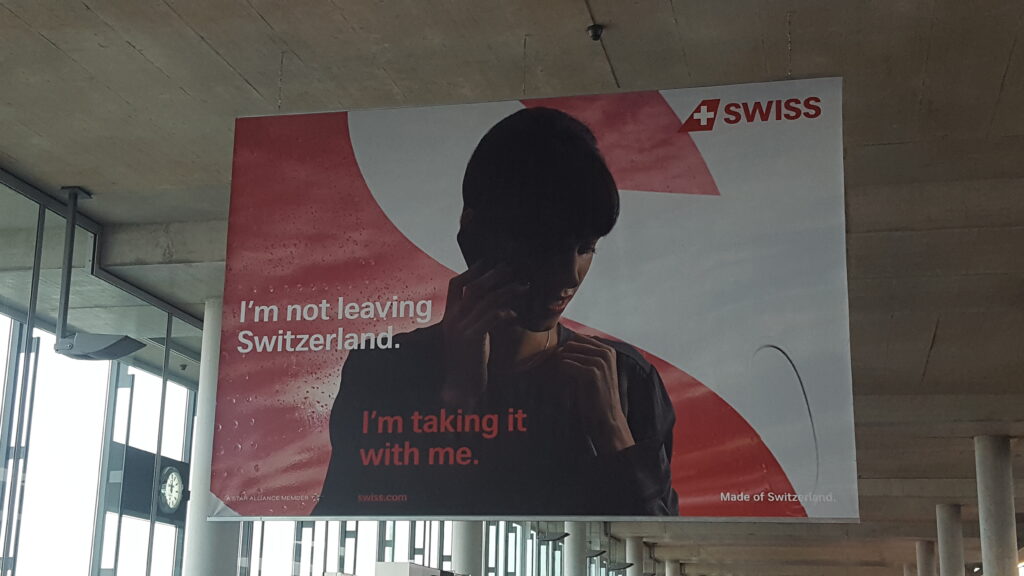
No reserve in the budget
Travels don’t have to cost a lot, but you can’t travel without money. The more we want to move and see in a short time, the more we spend. Once you set the budget for your trip, it is worth adding 30 percent of the reserve to it. If you manage to fit the expenses in the original budget is great. If not this maneuver will save you nerves and stress.


